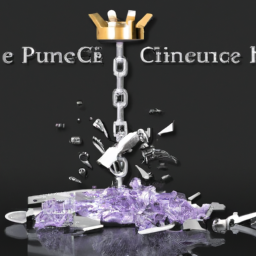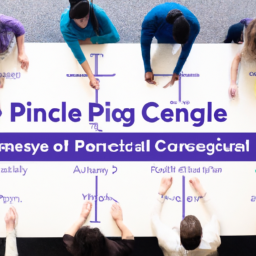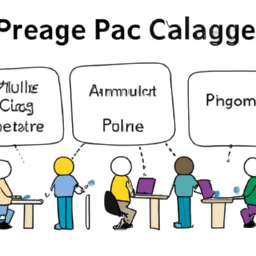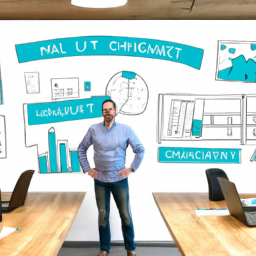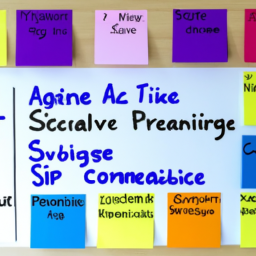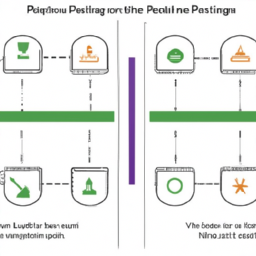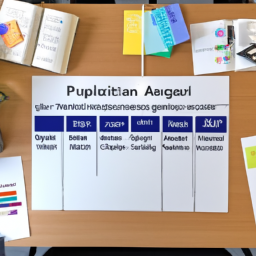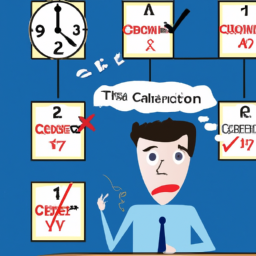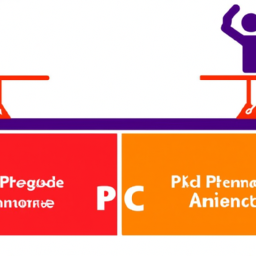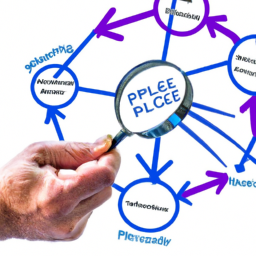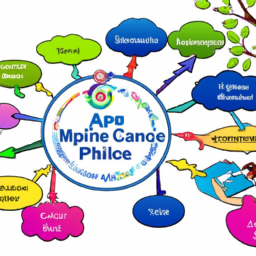So you think you know everything about PRINCE2 Agile? Think again.
In this ultimate guide, we’ll take you on a journey through the key principles, framework, and benefits of implementing PRINCE2 Agile.
Discover how agile techniques and tools can revolutionize your project management approach.
From best practices to successful implementation, we’ve got you covered.
Get ready to unlock the full potential of PRINCE2 Agile and take your projects to the next level.
Key Takeaways
- PRINCE2 Agile combines the flexibility of agile methodologies with PRINCE2.
- It emphasizes continuous delivery, collaboration, and flexibility.
- It allows for incremental and iterative development.
- It promotes the use of agile techniques like Scrum and Kanban.
Key Principles of PRINCE2 Agile
Now, let’s dive into the key principles of PRINCE2 Agile and how they can benefit you in managing your projects.
PRINCE2 Agile combines the flexibility and adaptability of agile methodologies with the robust project management framework of PRINCE2.
The first key principle of PRINCE2 Agile is to focus on delivering value. This means prioritizing deliverables that provide the most value to the customer and ensuring that the project is aligned with business goals.
The second principle is to collaborate and empower teams. This involves fostering a collaborative and inclusive environment where everyone is empowered to contribute their expertise and make decisions.
The third principle is to manage by stages. This allows for incremental and iterative delivery, ensuring that the project stays on track and can adapt to changing requirements.
Understanding the PRINCE2 Agile Framework
To better understand the PRINCE2 Agile Framework, familiarize yourself with its key principles and methodologies.
PRINCE2 Agile is a project management framework that combines the flexibility of agile methodologies with the governance and structure of PRINCE2. It provides organizations with a structured approach to managing projects in an agile environment.
The framework emphasizes the importance of continuous delivery, collaboration, and flexibility. Unlike other project management methodologies, PRINCE2 Agile allows for incremental and iterative development, enabling teams to respond quickly to changing requirements.
It also promotes the use of agile techniques such as Scrum and Kanban. By blending the best of PRINCE2 and agile, PRINCE2 Agile offers a comprehensive framework that can be tailored to suit the needs of any project, regardless of size or complexity.
Benefits of Implementing PRINCE2 Agile
Implementing PRINCE2 Agile offers numerous benefits. This approach combines the best practices of PRINCE2 and agile methodologies, resulting in a powerful framework that maximizes project success. Here are five key advantages of implementing PRINCE2 Agile:
-
Improved collaboration: PRINCE2 Agile promotes collaboration between teams, stakeholders, and customers, leading to better communication and shared understanding.
-
Enhanced project flexibility: PRINCE2 Agile allows for incremental delivery, enabling teams to adapt and respond to evolving project needs.
-
Increased productivity: By incorporating agile practices, PRINCE2 Agile encourages teams to work in shorter cycles, delivering value faster.
-
Risk management: PRINCE2 Agile provides a robust risk management approach, ensuring potential risks are identified and addressed promptly.
-
Stakeholder engagement: PRINCE2 Agile emphasizes stakeholder involvement throughout the project, resulting in higher satisfaction and greater project success.
Agile Techniques and Tools in PRINCE2 Agile
The integration of agile techniques and tools in PRINCE2 Agile allows for greater adaptability and responsiveness in project management. Agile project management focuses on iterative and incremental delivery, ensuring that projects can quickly adapt to changing requirements and priorities. By incorporating agile principles into the PRINCE2 framework, organizations can effectively deliver projects in a flexible and efficient manner.
Agile project delivery relies on a set of techniques and tools that enable teams to collaborate, prioritize, and track progress effectively. Some common agile techniques used in PRINCE2 Agile include Scrum, Kanban, and Lean. These techniques promote transparency, continuous improvement, and self-organizing teams. Agile tools, such as project management software, agile boards, and collaboration platforms, facilitate communication, task management, and real-time progress tracking.
The table below provides a visual representation of how agile techniques and tools are integrated into PRINCE2 Agile:
| Agile Technique | Description |
|---|---|
| Scrum | Framework for iterative development and delivery |
| Kanban | Visual board for tracking work and limiting work in progress |
| Lean | Methodology for eliminating waste and improving efficiency |
Best Practices for Successful PRINCE2 Agile Implementation
One of the key factors for a successful PRINCE2 Agile implementation is following best practices. To ensure a smooth and effective implementation, consider the following:
-
Clear communication: Regularly communicate the changes and progress to all stakeholders.
-
Stakeholder engagement: Involve key stakeholders in the decision-making process and gather their input and feedback.
-
Change management: Develop a robust change management strategy to address any resistance or challenges that may arise.
-
Training and support: Provide adequate training and support to the project team to ensure they have the necessary skills and knowledge to implement PRINCE2 Agile effectively.
-
Continuous improvement: Continuously evaluate and improve the implementation process to enhance the project’s performance and outcomes.
Frequently Asked Questions
Can PRINCE2 Agile Be Implemented in Any Industry or Is It Specific to Certain Sectors?
PRINCE2 Agile can be implemented in any industry, as its adaptable framework allows for flexibility.
However, it is important to note that certain sectors may have specific requirements or regulations that need to be considered.
Overall, PRINCE2 Agile provides a robust methodology that can be tailored to suit the needs of different industries, making it a valuable approach for project management in a wide range of sectors.
Are There Any Specific Certifications or Training Programs Available for PRINCE2 Agile?
Looking to enhance your PRINCE2 Agile skills? You’ll be glad to know that there are plenty of certifications and training programs available just for you.
These programs offer comprehensive courses that will equip you with the knowledge and skills needed to excel in the world of PRINCE2 Agile.
From foundation level certifications to advanced training, there’s something for everyone.
How Does PRINCE2 Agile Differ From Traditional Project Management Approaches?
In traditional project management approaches, the focus is on detailed planning and following a set plan. However, PRINCE2 Agile takes a more flexible and adaptable approach.
It combines the best practices of PRINCE2 and Agile methodologies, allowing for iterative and incremental delivery.
The key differences lie in the emphasis on collaboration, continuous improvement, and the ability to respond to changes in requirements.
PRINCE2 Agile provides a framework that enables organizations to effectively manage projects in dynamic and uncertain environments.
What Are Some Common Challenges or Obstacles That Organizations Face When Implementing PRINCE2 Agile?
Common implementation challenges of PRINCE2 Agile include resistance to change, lack of stakeholder buy-in, and difficulty in aligning traditional project management practices with agile principles.
Overcoming these obstacles requires effective communication, training, and a clear understanding of the benefits of the PRINCE2 Agile methodology.
How Does PRINCE2 Agile Address the Issue of Stakeholder Engagement and Communication?
PRINCE2 Agile tackles stakeholder collaboration and effective communication head-on. By emphasizing the importance of engaging stakeholders throughout the project lifecycle, it ensures that their needs and expectations are understood and met.
This is achieved through regular communication channels and feedback loops, enabling stakeholders to provide input and make informed decisions.
PRINCE2 Agile also promotes transparency and visibility, ensuring that information is shared promptly and effectively, resulting in improved collaboration and successful project outcomes.
Conclusion
So now you have all the essential information on PRINCE2 Agile. By implementing this framework, you can benefit from increased flexibility, improved collaboration, and faster project delivery.
Some may argue that PRINCE2 Agile may be too complex to adopt, but with proper training and support, any organization can successfully implement it.
Remember, the key is to prioritize communication, embrace change, and leverage agile techniques and tools.
With PRINCE2 Agile, you’ll be well-equipped to tackle any project with confidence and agility.

